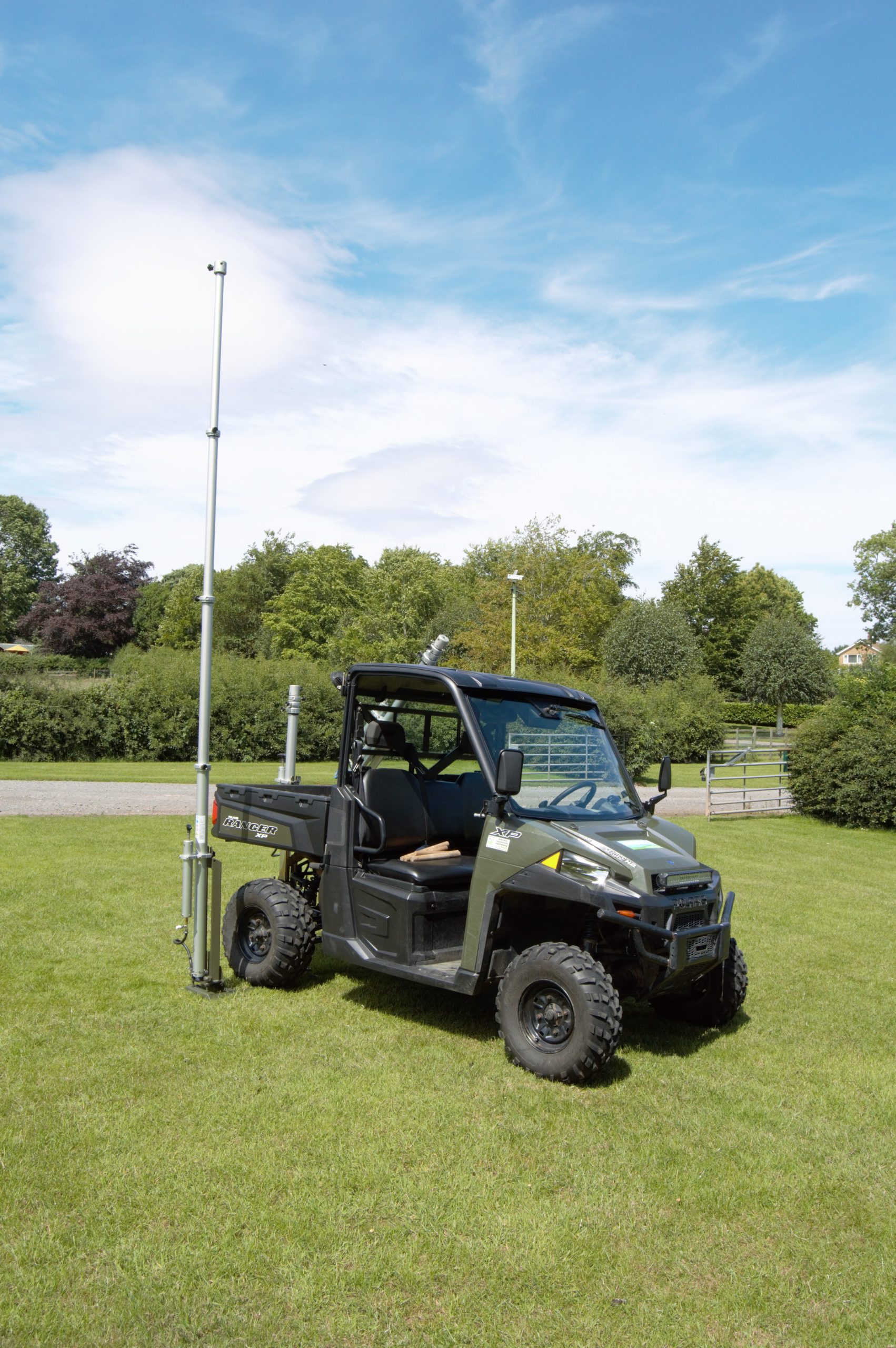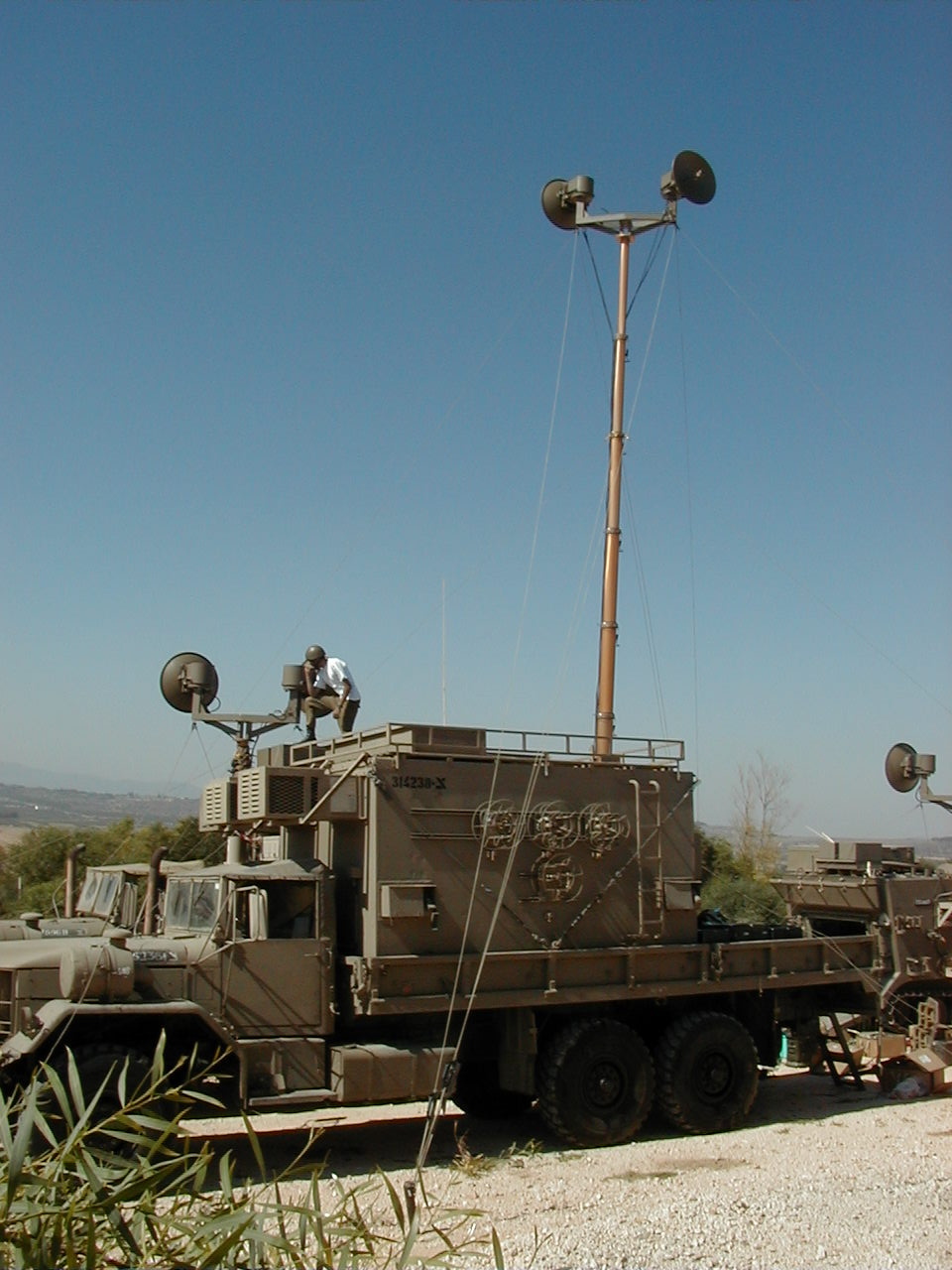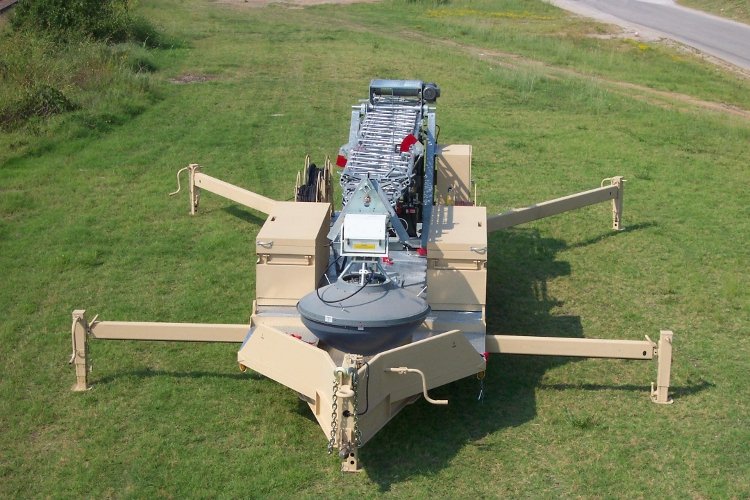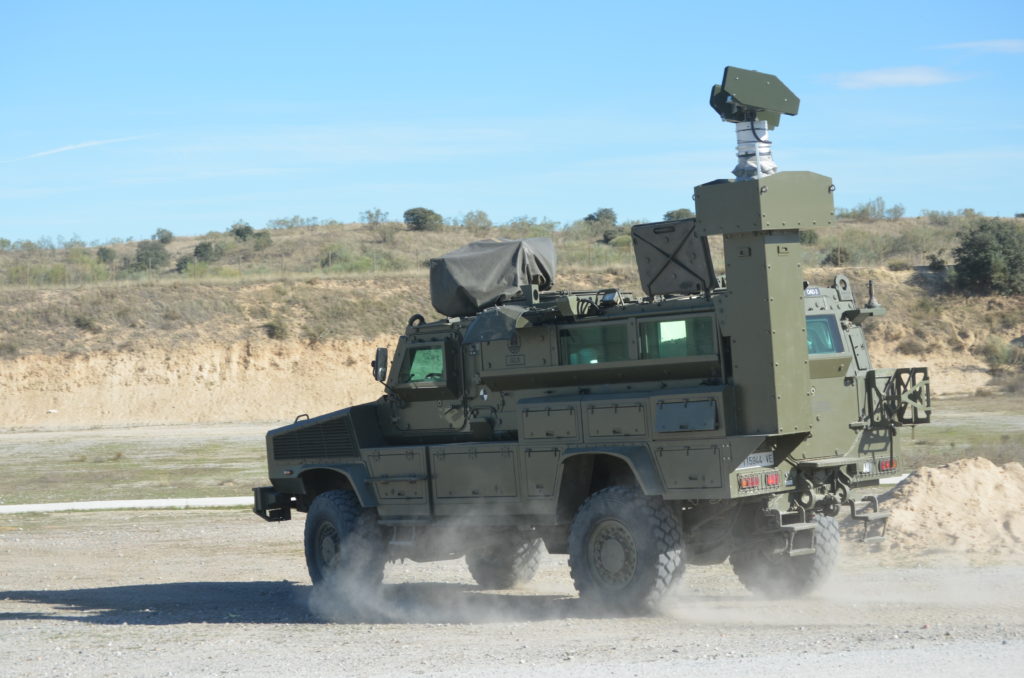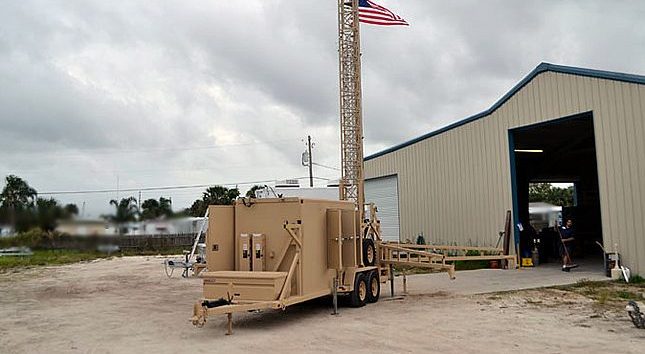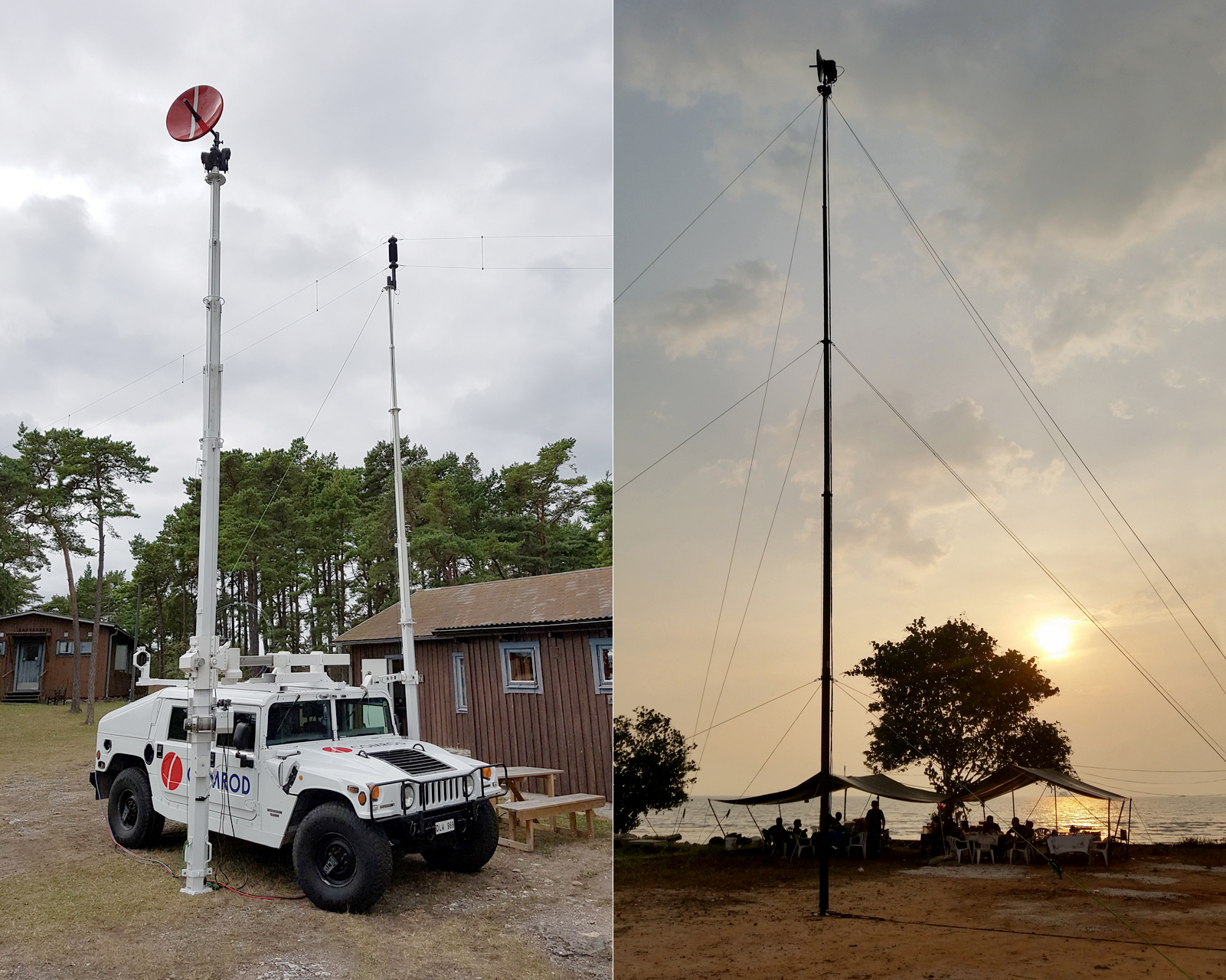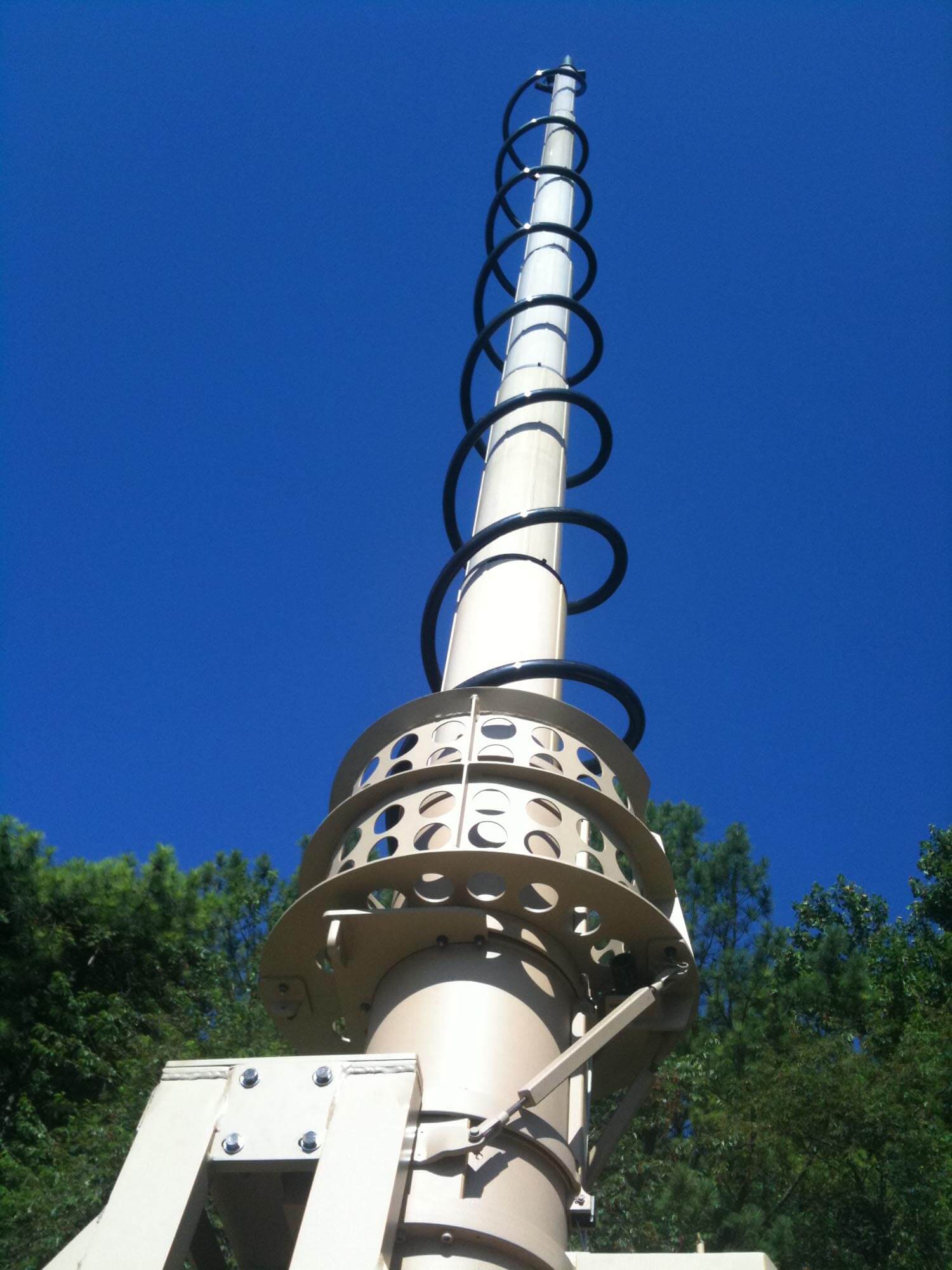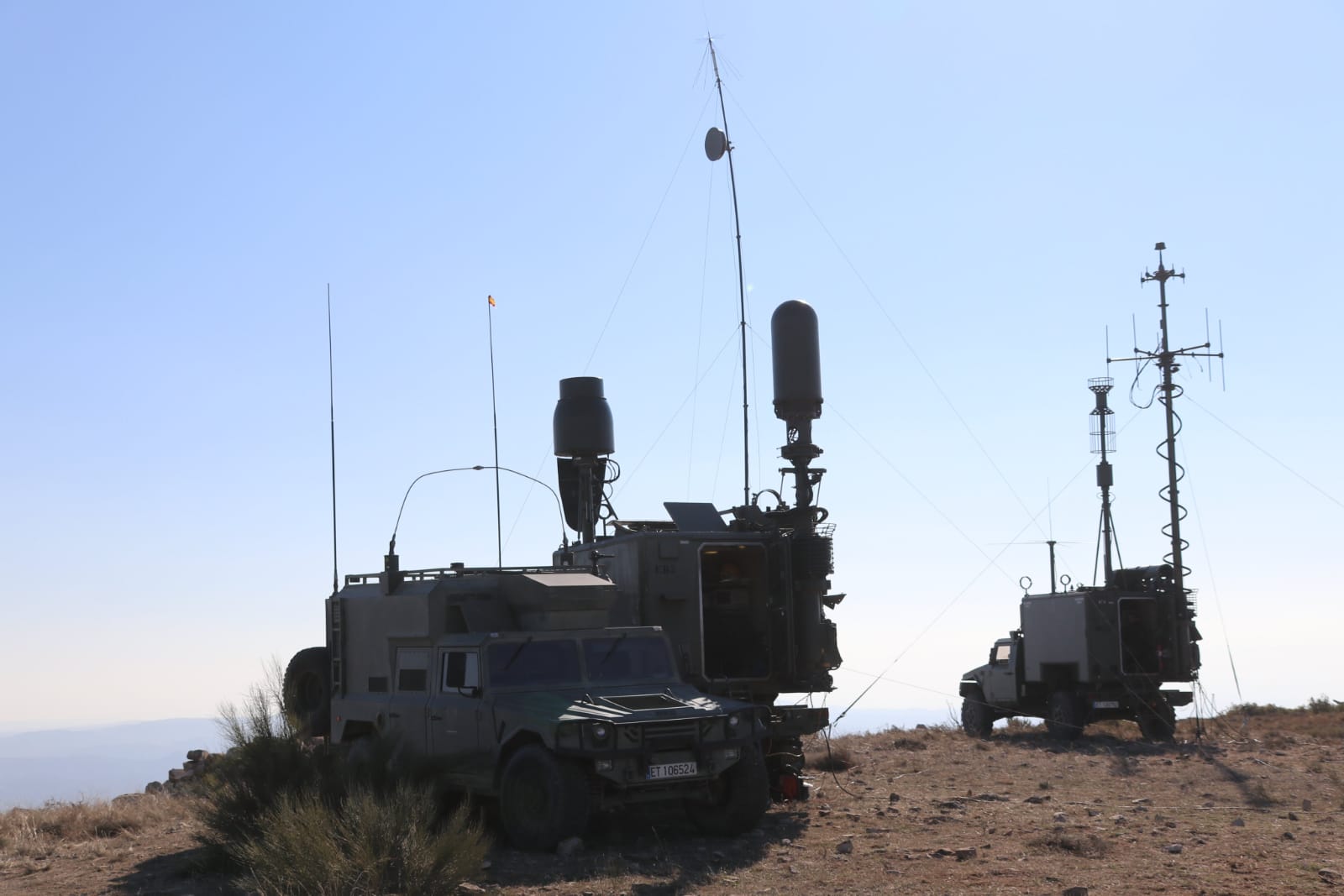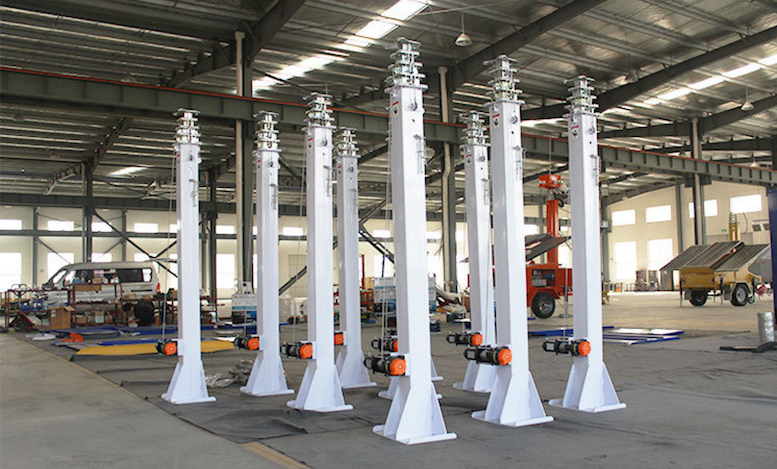Telescopic Mast And Tower Services For Military

Military communications and surveillance capabilities are facing a critical upgrade. Telescopic mast and tower solutions are being rapidly deployed to enhance battlefield communication and intelligence gathering across multiple branches.
This swift implementation addresses growing demands for adaptable and reliable infrastructure in dynamic operational environments, allowing forces to establish secure networks and improve situational awareness with minimal setup time.
Immediate Deployment of Advanced Mast Systems
The US Department of Defense has awarded several contracts, totaling over $50 million, for the immediate procurement and deployment of advanced telescopic mast and tower systems. These contracts span across multiple vendors, including Will-Burt Company and Hytera Communications.
These systems are designed for rapid deployment in diverse terrains, ranging from arid desert environments to dense jungle landscapes.
These towers are capable of supporting a wide array of equipment, including communication arrays, surveillance sensors, and reconnaissance technologies, ensuring continuous operability.
Key Features and Specifications
The newly acquired telescopic masts and towers boast significant advancements over previous models. They are primarily constructed from lightweight, high-strength aluminum alloys and composite materials.
These systems can be deployed and retracted in under 30 minutes, a substantial improvement over legacy systems that required hours or even days for setup.
The masts extend to heights ranging from 40 to 100 feet, providing enhanced line-of-sight for communication and surveillance equipment.
Operational Advantages
These telescopic mast and tower solutions provide a crucial advantage in maintaining secure communication lines. These are resistant to electronic jamming and interception.
The enhanced capabilities enable real-time data transmission and improved coordination between field units and command centers. Surveillance ranges are also amplified, providing broader area awareness and better threat detection.
The rapid deployment capabilities are critical for maintaining operational tempo in fast-moving conflict zones, ensuring constant connectivity.
Training and Integration
Alongside the deployment, the military is implementing comprehensive training programs. These are designed to equip personnel with the skills necessary to operate and maintain these advanced systems.
Training includes both classroom instruction and field exercises, ensuring proficiency in deployment, troubleshooting, and repair.
The new mast and tower systems are being integrated into existing communication networks and surveillance infrastructure. This ensures seamless functionality with current operational protocols.
Confirmed Deployments and Future Developments
Initial deployments are already underway in strategic locations across the globe. These include regions in the Middle East, Eastern Europe, and the Indo-Pacific.
These deployments are aimed at bolstering existing military presence and reinforcing communication capabilities in areas of heightened geopolitical tension.
The US Army has confirmed the integration of these systems into its tactical communication network. The Marine Corps are integrating the systems to support expeditionary advanced base operations (EABO).
Future developments include exploring drone integration with telescopic masts for enhanced surveillance capabilities. Further development focuses on integrating AI-powered analytics for enhanced threat detection.
The DoD is also investing in research to develop even more lightweight and versatile mast and tower solutions.
Ongoing Assessment
The effectiveness of these newly deployed systems will be continuously assessed. The assessments are designed to identify areas for improvement and refine operational protocols.
Real-time feedback from field units is being incorporated to optimize system performance and enhance user experience.
Further updates will be provided as the deployment progresses and additional data becomes available.

